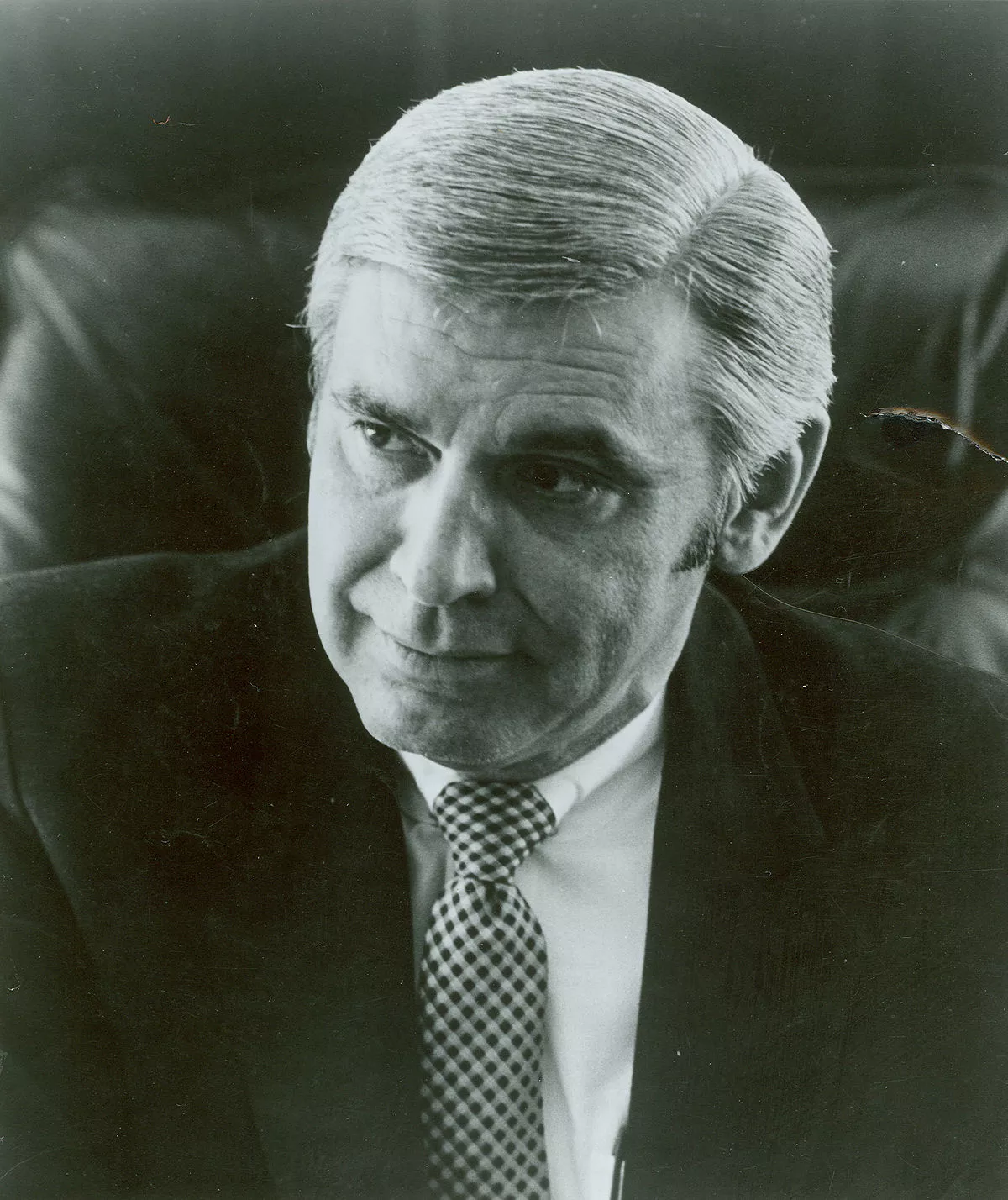 1.
1. In 1978, Leo Ryan traveled to Guyana to investigate claims that people were being held against their will at the Peoples Temple Jonestown settlement.

 1.
1. In 1978, Leo Ryan traveled to Guyana to investigate claims that people were being held against their will at the Peoples Temple Jonestown settlement.
Leo Ryan was posthumously awarded the Congressional Gold Medal in 1983.
Leo Ryan graduated from Campion Jesuit High School in Prairie du Chien, Wisconsin, in 1943.
Leo Ryan then received V-12 officer training at Bates College and served with the United States Navy from 1943 to 1946 as a submariner.
Leo Ryan served as a teacher, school administrator and South San Francisco city councilman from 1956 to 1962.
Leo Ryan taught English at Capuchino High School, and chaperoned the marching band in 1961 to Washington, DC, to participate in President John F Kennedy's inaugural parade.
Leo Ryan was inspired by Kennedy's call to service in his inaugural address and decided to run for higher office.
In 1962 Leo Ryan was elected mayor of South San Francisco.
Leo Ryan served less than a year before being elected to the California State Assembly, winning the 27th district race by 20,000 votes.
Leo Ryan had run for the Assembly's 25th district in 1958, but lost to Republican Louis Francis.
Leo Ryan served as a delegate to the Democratic National Convention in 1964 and 1968 and held his Assembly seat until 1972, when he was elected to the United States House of Representatives.
In 1970, using a pseudonym, Leo Ryan had himself arrested, detained, and strip-searched to investigate conditions in California's prisons.
Leo Ryan stayed for ten days as an inmate at Folsom State Prison while presiding as chairman on the Assembly committee that oversaw prison reform.
Leo Ryan pushed through significant educational policies and authored what came to be known as the Leo Ryan Act, which established an independent regulatory commission to monitor educational credentialing in California.
Leo Ryan supported Patty Hearst, and along with Senator S I Hayakawa, delivered Hearst's application for a presidential commutation to the Pardon Attorney.
Leo Ryan was friends with the father of former Temple member Bob Houston, whose mutilated body was found near train tracks on October 5,1976, three days after a taped telephone conversation with Houston's ex-wife in which they discussed his leaving the Temple.
Leo Ryan's interest was further aroused by the custody battle between the leader of a "Concerned Relatives" group, Timothy Stoen, and Jones following a Congressional "white paper" by Stoen detailing the events.
Leo Ryan was one of 91 congressmen to write Guyanese Prime Minister Forbes Burnham on Stoen's behalf.
Leo Ryan's decision was influenced both by the Concerned Relatives group, which consisted primarily of Californians, as did the Temple, and by his own distaste for social injustice.
In November 1978, Leo Ryan led an investigative delegation to Jonestown as part of a government investigation, with governmental permission and funding, in his role as chair of a congressional subcommittee with jurisdiction over US citizens living in foreign countries.
Leo Ryan asked the other members of the Bay Area congressional delegation to join him on the trip to Jonestown, but they all declined.
Leo Ryan invited his friend, Indiana Congressman and future Vice President Dan Quayle, who had served with Leo Ryan on the Government Operations Committee, but Quayle was unable to go.
Leo Ryan traveled to Jonestown with 17 Bay Area relatives of Peoples Temple members, several newspaper reporters and an NBC TV team.
When Jones's legal counsel attempted to impose restrictive conditions on the visit, Leo Ryan responded that he would go to Jonestown whether Jones permitted it or not.
Leo Ryan's stated position was that a "settlement deep in the bush might be reasonably run on authoritarian lines" but that its residents must be allowed to come and go as they pleased.
For three days, Leo Ryan continued to negotiate with Jones's legal counsel and held perfunctory meetings with embassy personnel and Guyanese officials.
Leo Ryan's body was returned to the United States and interred at Golden Gate National Cemetery in San Bruno, California.
Patricia Leo Ryan was born on 1953 and received her master's degree in public administration from George Washington University in Washington, DC, and served from 2001 to 2012 as executive director of the California Mental Health Directors Association.
Erin Leo Ryan was born on 1958 and graduated from the University of California, Hastings College of the Law and worked as an intelligence analyst for the Central Intelligence Agency until 1992.
Leo Ryan next worked in New York as a pastry chef for eight years.
In 2000, Erin Leo Ryan became an aide to her father's former aide, California Senator Jackie Speier.
Leo Ryan never did anything because he thought it would make him popular.
Leo Ryan was more interested in doing what he knew was right.
Leo Ryan's assassination was discussed in the documentaries Jonestown: The Life and Death of Peoples Temple, on The History Channel documentaries Cults: Dangerous Devotion and Jonestown: Paradise Lost, and the MSNBC production Witness to Jonestown, which aired on the 30th anniversary of Ryan's assassination and the mass suicides at Jonestown.